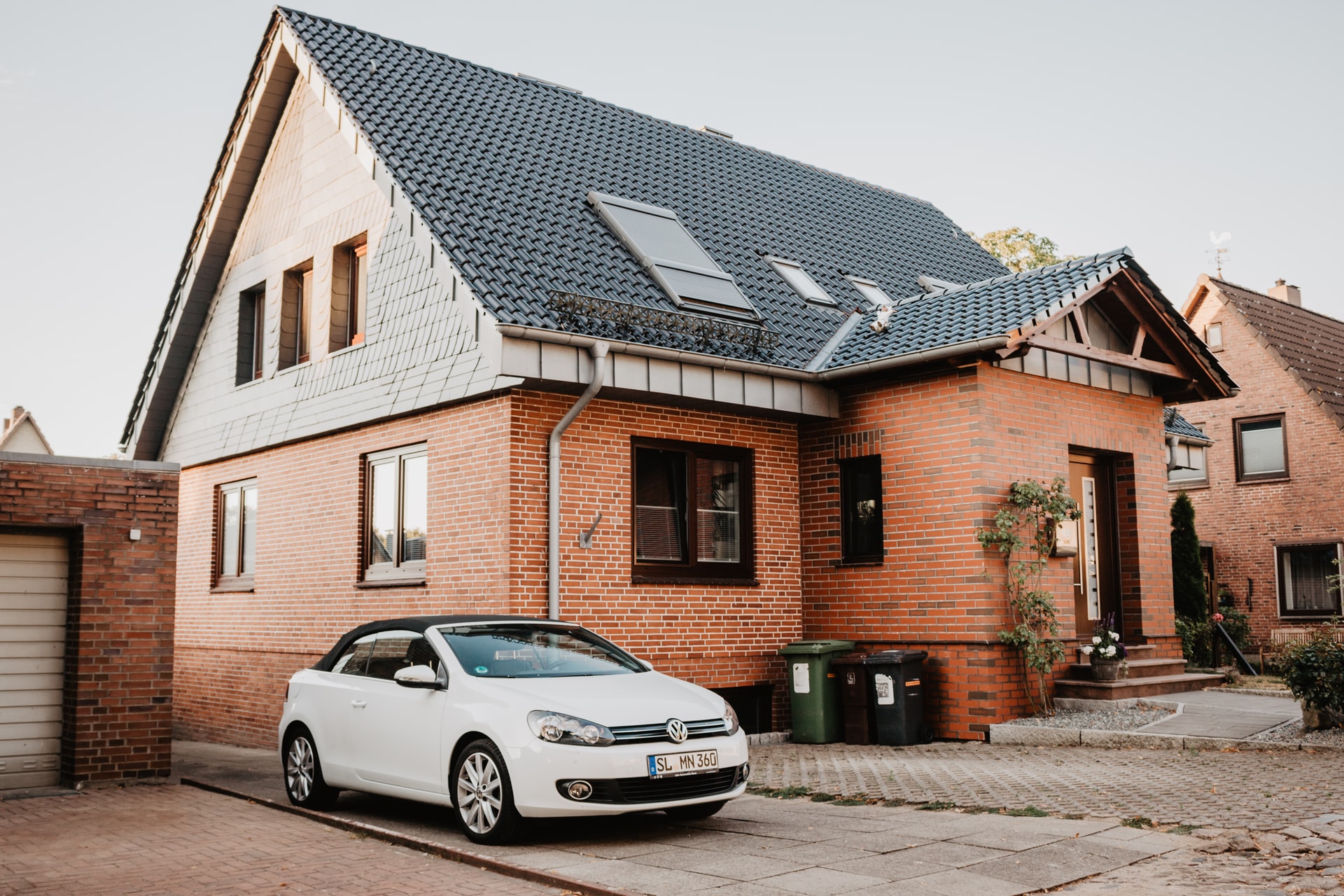What is Vehicle-to-Home charging?
Vehicle-to-Home charging allows you to use your EV’s battery as an energy storage system, working hand-in-hand with a home solar power system to store excess electricity.
This means that your car’s battery can operate as a home battery system, just like the Tesla Powerwall, allowing solar energy from a solar panel system to be captured during daylight hours and used throughout the evening.
Estimates suggest that our cars are parked up for around 95% of the time, so V2H charging allows EV drivers to capitalise on this by using their cars as an energy storage battery to power their home.


